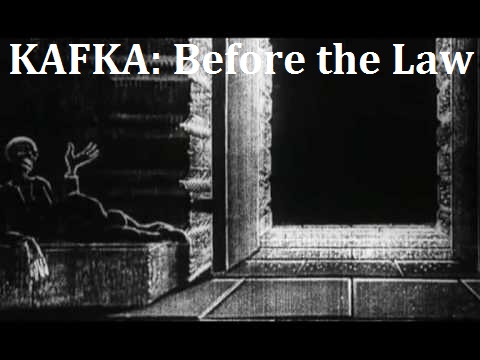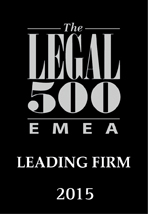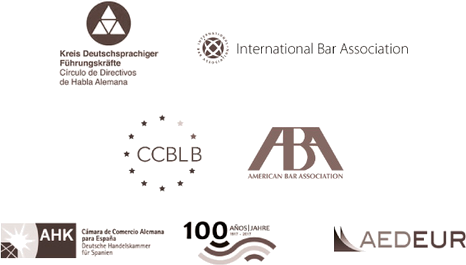
First curiosity of 2017: The General Court is liable for damages!
26/01/17
Among the few EU competition judgments handed down so far in 2017, a damages case has attracted our attention: the Gascogne case (T-577/14). The plaintiff sued the EU for tort, namely an excessive duration of a prior action for annulment case. Those previous proceedings started in 2006, but the GC did not deliver its judgment until 2011. Even if the GC rejected the appeal (T‑72/06) and the ECJ later upheld the GC’s judgment (C‑58/12 P), the ECJ also suggested that the parties could claim damages for the excessive duration of judicial proceedings.
The new GC judgment of 10 January 2017 acknowledges liability and, even if it greatly limits the economic impact of its decision, is a most relevant precedent for future actions. We already discussed that EU liability for damages is subject to stringent conditions (just as State liability is). The three well-known conditions set out in Bergaderm, Francovich and subsequent case-law established a very high standard of proof for claimants. Of course, the EU judiciary did not now change such conditions when applying them to itself. Actually, the ECJ had already reminded the parties in former cases (i.e. Der Grüne Punkt) that they may ask for damages when proceedings in Luxembourg take too long. However, to our knowledge, this it is the first time that the EU judiciary effectively quantifies its own liability.
The breach of EU Law by the GC is the crux of the case. This breach consists in an excessive duration of annulment proceedings, contrary to Article 47 of the Charter. By rule of thumb (oops!… of Law), 15 months from the end of the written procedure to the oral hearing seem reasonable in competition law cases. Another month may be added for each further pending court case challenging the same Commission decision. In other words, the more recipients of a decision, the more patience one needs. The GC concludes that 26 months would have been reasonable in this case, but that the 46 that actually elapsed were not.
Right then… so which were the damages for those 20 months of surplus? According to Gascogne, more than 4 million euros adding (i) losses linked to maintaining the bank guarantee covering the amount of the fine; (ii) interest on such amount; and (iii) non-material damages because uncertainty about the fine made it impossible both to establish a business plan and to find new investors. According to the GC, however, the sum due hardly exceeds 50,000 euros. Other reasons aside, there is no causal link in some cases (e.g. Gascogne alone negotiated the conditions of its guarantee with the bank) and, in any event, the compensation for damages must not dilute the effect of the cartel fine, which, even if somewhat late, was actually upheld.
Not only is the amount of the compensation low, but each party must bear its own costs. Under these conditions, we actually wonder whether the compensation covered even the legal fees for the damages case…
It seems odd that the GC is called to decide on its own liability. We are of course delighted that it does recognise it, but… is impartiality really ensured when someone acts as judge (indeed!) and jury in the same liability proceedings? One cannot tell from just one single judgment. So we will await further judgments or just collect this one in our peculiarities drawer.


